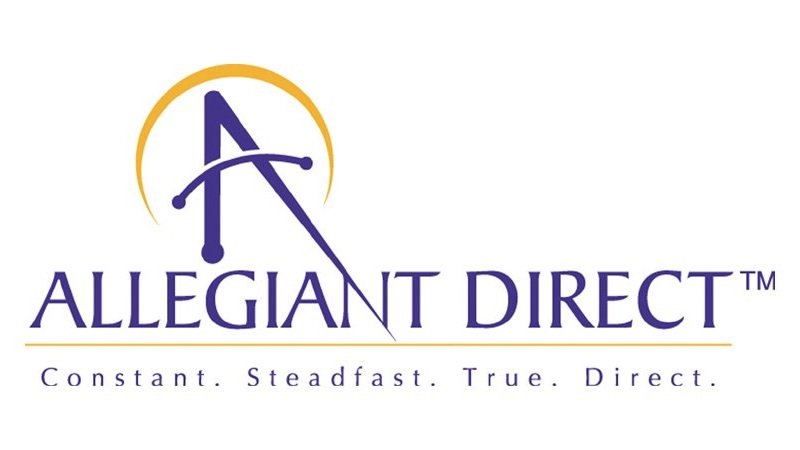By Wayne Gurley
President & Creative Director
4: Genderizing a name in a salutation.
Egregious isn’t too strong of a word to describe the use of a genderized name and address.
For those of you unfamiliar with the term, to “genderize” a file is to make a determination that a particular “unisex” name is either male or female. For example, a gender program would decide that names like “Pat” and “Chris” are either male or female.
But how does it know for sure? It doesn’t. Just remember, if you use a genderized file, you have a 50% chance of being wrong with these names. (And with some people choosing their own gender nowadays, it gets even more complicated.)
Using “Dear Mr. Smith” for “Pat Smith” (a woman) and “Dear Ms. Jones” for “Chris Jones” (a man) is sure to irritate your reader.
A couple of real-life examples: My first name is “Jessie” (which is the female spelling for this name.) Over the years, I’ve gotten my share of offers directed to “Ms. Gurley.” I’ve also gotten quite a number of offers inviting me to purchase products like pantyhose from mailers who, from looking at my first name, assume I must be a female.
Another example: My mother-in-law (may she rest in peace) was named “Bernie.” She got her fair share of offers addressed to “Mr.” And when she was younger, she even got a military draft notice!
My advice is: Don’t genderize. It’s too easy to get burned and annoy your donors and prospects.
(Copyright 2019 Allegiant Direct, Inc.)
